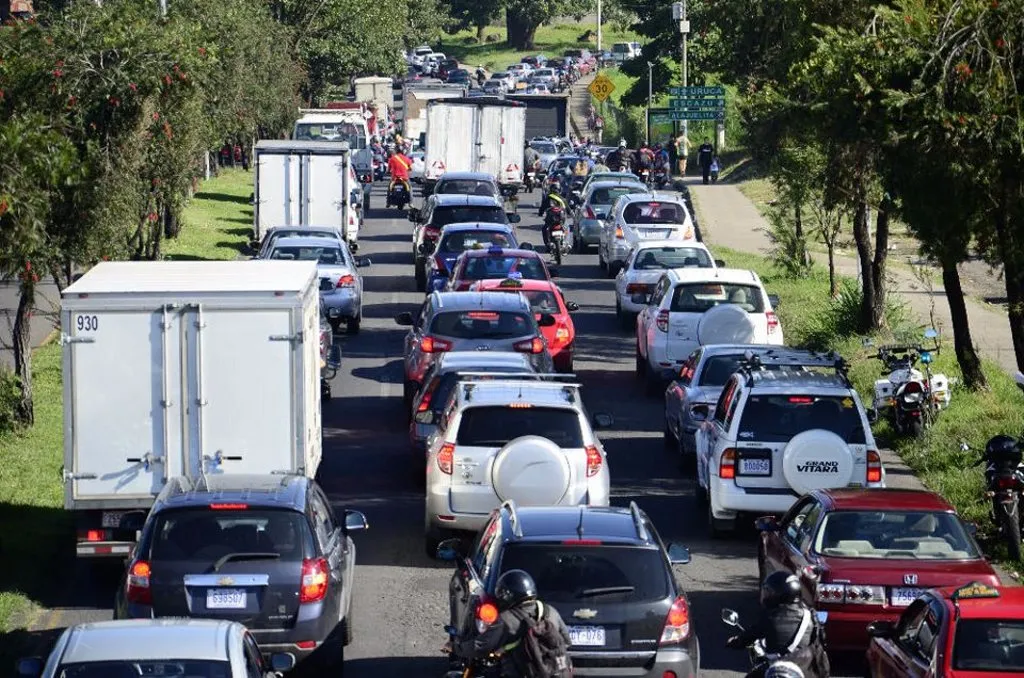Copyright qcostarica

Q COSTARICA — It’s a statistic that stops you in your tracks: in Costa Rica, more cars are registered each year than babies born. For a country famous for its lush rainforests, vibrant culture, and “Pura Vida” way of life, this unexpected fact paints a curious picture of its shifting priorities and evolving landscape. Costa Rica’s birth rate has been steadily declining for decades. Families are choosing to have fewer children, influenced by urbanization, increased access to education, and improved healthcare. In the 1970s, the average woman bore more than four children, but today that figure hovers just above 1.7 — below the population replacement level. This demographic transition is driven by multiple factors: increased urbanization, widespread access to education, especially for women, greater economic opportunities, and comprehensive healthcare programs that have reduced infant mortality rates; families simply don’t feel the need to have large numbers of children anymore. More and more women in Costa Rica prefer not to have children, or if they do, it is at an older age. Social attitudes have also evolved — aspirations are shifting toward quality of life and personal fulfillment over large families traditionally seen as economic or social support networks. Meanwhile, the surge in car ownership is striking. Over 150,000 new vehicles—mostly private cars and small SUVs—are registered annually, outpacing the approximately 120,000 babies born each year. Rising incomes from sectors like tourism, technology, and agriculture have empowered many Costa Ricans to buy personal vehicles. The nation’s roads and highways have expanded, but they struggle to keep pace with the exponential growth in cars. With limited investment and efficiency concerns around public transit, especially in rural or mountainous regions, cars have become synonymous with freedom and modern convenience. What’s behind the surge in cars? For one, economic growth has put new purchasing power in the hands of many Costa Ricans. Owning a car no longer feels like a luxury; it’s becoming part of daily life. While public transportation does exist, its limits make personal vehicles more attractive, especially in a country where mountainous terrain can make travel tricky. But this trend comes at a cost. The roads swell with traffic, and the country faces rising pollution levels that challenge its green reputation. This rapid motorization, however, complicates Costa Rica’s reputation as an eco-paradise. The country is lauded worldwide for its pioneering environmental policies — it runs on over 98% renewable electricity, has ambitious plans to become carbon neutral, and protects roughly a quarter of its landmass in national parks and reserves. Yet, the rise in vehicles contributes to growing air pollution and congestion in urban centers like San José, jeopardizing air quality and carbon reduction goals. The government faces a tough balancing act: fostering economic development and individual mobility without sacrificing environmental stewardship. Regional disparities also illustrate a nuanced picture. Urban areas see the highest concentration of new cars and the sharpest drops in birthrate, while rural communities maintain larger families but have less vehicle access. Migration from countryside to cities accelerates these trends, reshaping social dynamics and infrastructure needs. Behind the numbers lies a broader story about how Costa Rica is navigating the crossroads of tradition and modernity. The decline in birthrate reflects not just demographic shifts but deep cultural and economic evolution. Families are smaller, more urban-centric, and focused on education and careers. Meanwhile, cars symbolize rising aspirations, the pull of convenience, and the complex costs of modernization. So, Costa Rica’s unusual statistic of more cars than babies each year isn’t just a quirky headline — it’s a mirror reflecting a society in transition, striving to reconcile its commitment to nature with the realities of twenty-first century growth. The roaring engines may now accompany the lullabies of childhood, but they also signal new challenges and choices for this beautiful country’s future.



